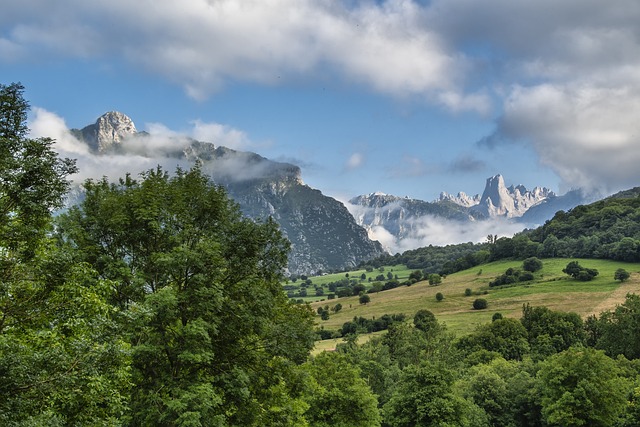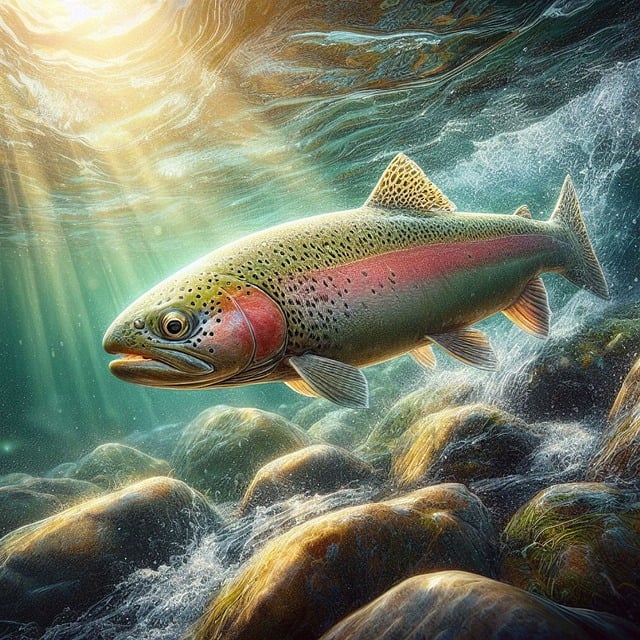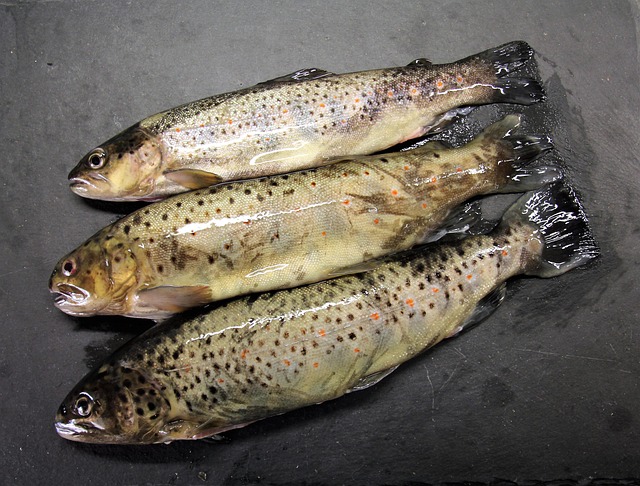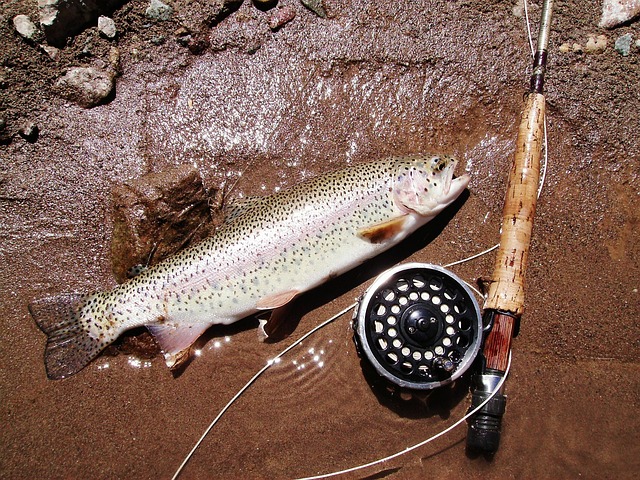The Upper Willamette River is renowned for its diverse and vibrant fish population, including prized trout and salmon varieties. Conservation efforts focus on maintaining healthy ecosystems through scientific research, sustainable practices like size limits and catch-and-release policies, and community engagement. Fly fishing has gained popularity, contributing to the river's long-term health. Strict regulations, along with local initiatives, protect the river's biodiversity while ensuring future generations can enjoy world-class fishing spots. Responsible Upper Willamette fishing techniques, such as fly fishing, are encouraged to balance enjoyment with conservation.
Explore the pristine waters of the Upper Willamette River and uncover a vibrant ecosystem teeming with diverse fish populations. This scenic waterway, a hotspot for anglers, faces conservation challenges that demand our attention. From understanding the river’s unique characteristics to implementing sustainable fishing practices, this article delves into the critical efforts shaping the future of Upper Willamette fishing spots. Discover the significance of preserving local fish species like trout and salmon, explore targeted conservation strategies, and learn about regulations aimed at protecting this precious natural resource for future generations of anglers.
- Understanding the Upper Willamette River Ecosystem and its Fish Populations
- The Significance of Conservation Efforts in the Region
- Common Fishing Spots Along the Upper Willamette River
- Targeting Specific Fish Species: What Anglers Need to Know
- Fishing Techniques and Practices for a Sustainable Approach
- Regulatory Measures and Community Involvement in Conservation
Understanding the Upper Willamette River Ecosystem and its Fish Populations

The Upper Willamette River, a vital ecosystem stretching across Oregon, is home to a diverse array of fish species, making it a prime destination for anglers and an area of great conservation interest. This river system supports various fish populations, including prized trout varieties like rainbow, cutthroat, and brown trout, as well as salmonids such as chinook and steelhead. The river’s unique characteristics, from rapid riffles to slow-moving pools, create diverse habitats that cater to these species’ needs. Understanding these intricate relationships is crucial for implementing effective conservation strategies.
Conservation efforts in the Upper Willamette River focus on maintaining and enhancing fish populations through a combination of scientific research and community engagement. Local fishing communities play a significant role by adopting sustainable fishing techniques and adhering to strict regulations, such as size limits and catch-and-release policies, to ensure the river’s health for future generations. Moreover, fly fishing has gained popularity among enthusiasts who appreciate the challenge and connection to nature this method offers, contributing to a responsible fishing culture.
The Significance of Conservation Efforts in the Region
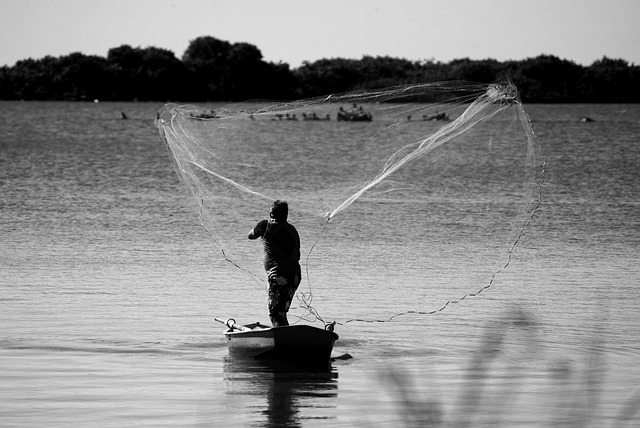
The Upper Willamette River, renowned for its scenic beauty and rich biodiversity, serves as a vital ecosystem that supports a diverse array of fish species, including popular angling targets like trout and salmon. Conservation efforts in this region are not just about preserving nature; they are imperative to sustain the very reason this area is celebrated among fishing enthusiasts. The Upper Willamette fishing spots are legendary, attracting folks from near and far who seek the challenge and tranquility that comes with casting a line in these pristine waters.
Upper Willamette fish species face various challenges, from habitat degradation due to human activities to climate change impacts on water temperatures. To ensure the longevity of these aquatic treasures, conservation efforts focus on implementing and adhering to strict Upper Willamette fishing regulations. These include responsible practices such as adopting specific Upper Willamette fishing techniques, like fly fishing, which minimize disruption to the delicate river environment. By prioritizing Upper Willamette fishing conservation, we not only safeguard the future of these fish species but also honor the cultural heritage tied to the river for generations of anglers.
Common Fishing Spots Along the Upper Willamette River
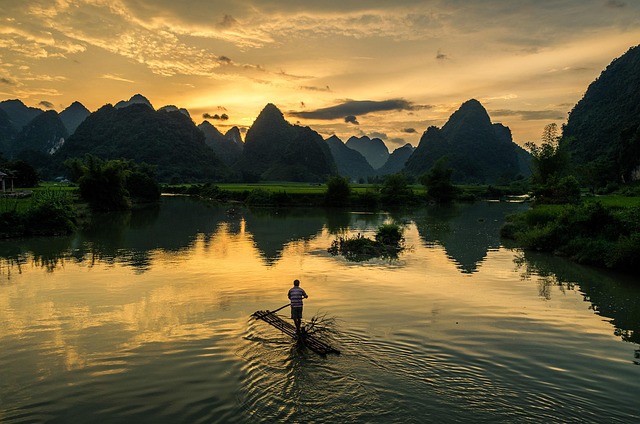
The Upper Willamette River is a haven for anglers, boasting a diverse range of fishing spots that cater to all skill levels. From tranquil stretches along remote backwoods roads to more bustling areas near urban centers, the river offers something unique for every type of fisherman. Popular spots include the scenic sections near Mount Hood National Forest, where fishers can try their hand at catching rainbow trout and steelhead in pristine waters. The river’s meandering loops and deep pools provide ideal habitats for various species, making it a year-round destination for both local enthusiasts and visiting anglers.
When it comes to Upper Willamette fishing techniques, the river supports both traditional and specialized methods. Fly fishing is particularly popular due to the abundance of fly-friendly species like brown trout and cutthroat trout. Anglers can also try their luck with spin fishing and bait casting, targeting largemouth bass, smallmouth bass, and the occasional walleye. It’s important to note that Upper Willamette fishing regulations vary seasonally, so anglers should always check the latest rules and permits before heading out. Conservation efforts focused on maintaining water quality and habitat integrity ensure these fishing spots remain vibrant and sustainable for future generations of fishers.
Targeting Specific Fish Species: What Anglers Need to Know
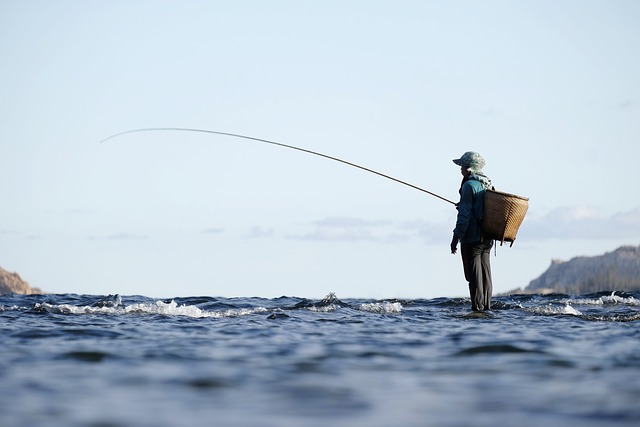
In the pursuit of a sustainable future for the Upper Willamette River, conservation efforts are meticulously targeting specific fish species to ensure their populations thrive. This strategic approach is especially crucial for anglers who frequent this scenic region, known for its vibrant upper Willamette fishing spots. By focusing on key species like salmon, steelhead, and trout, conservationists aim to maintain a delicate balance in the river’s ecosystem, allowing these Upper Willamette fish species to flourish while also providing a rewarding experience for anglers who visit.
Anglers play a vital role in this conservation journey by adopting specific fishing techniques and adhering to stringent regulations. Utilizing sustainable practices such as Upper Willamette fly fishing, which minimises disruption to the environment, helps preserve the river’s health. Additionally, staying informed about seasonal closures and size limits for different species is essential. These responsible actions contribute to the long-term viability of the Upper Willamette fish population and ensure that future generations can also enjoy these world-class fishing spots while preserving the rich biodiversity that makes this region unique.
Fishing Techniques and Practices for a Sustainable Approach

The Upper Willamette River, known for its scenic beauty and diverse fish species, presents a unique challenge when it comes to conservation efforts. Fishing is a beloved pastime for many who enjoy exploring the river’s upper fishing spots. However, sustainable practices are essential to ensuring the health of the ecosystem and the future availability of these Upper Willamette fish species. One of the primary considerations is adopting suitable fishing techniques that minimize environmental impact.
Local guidelines promote responsible Upper Willamette fishing techniques such as fly fishing, which reduces the disturbance caused by equipment like heavy reels and drag-inducing lines. Adhering to Upper Willamette fishing regulations, including size limits and catch-and-release policies, also plays a crucial role in conservation. These measures help maintain balanced populations of various Upper Willamette fish species, allowing for a thriving aquatic environment and continuing enjoyment for anglers while promoting long-term Upper Willamette fishing conservation.
Regulatory Measures and Community Involvement in Conservation
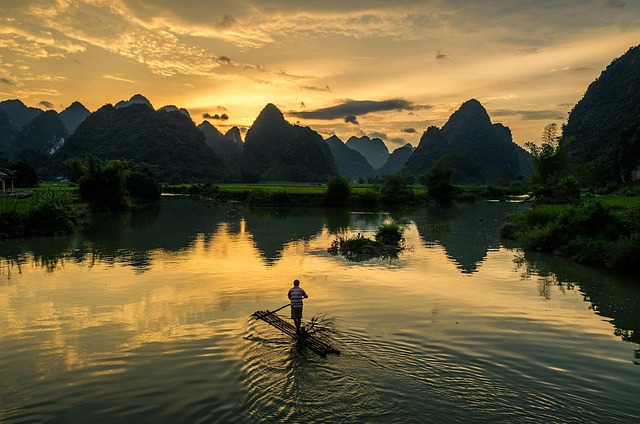
Conservation efforts along the Upper Willamette River involve a complex interplay of regulatory measures and community involvement. The Oregon Department of Fish and Wildlife (ODFW) plays a pivotal role in managing and protecting the diverse fish species that inhabit this vital ecosystem, including popular catches like salmon, steelhead, and trout. Strict Upper Willamette fishing regulations have been implemented to ensure sustainable practices, with limits on catch sizes and seasons to preserve breeding populations.
Community engagement is another cornerstone of these conservation efforts. Local fishing groups, environmental organizations, and residents actively participate in river cleanups, habitat restoration projects, and educational initiatives. These collaborative endeavors not only enhance the Upper Willamette fishing spots but also foster a deeper connection between the community and their precious natural resources. By combining regulatory oversight with grassroots involvement, there’s a concerted effort to preserve the rich biodiversity of Upper Willamette fish species while promoting responsible Upper Willamette fishing techniques.
